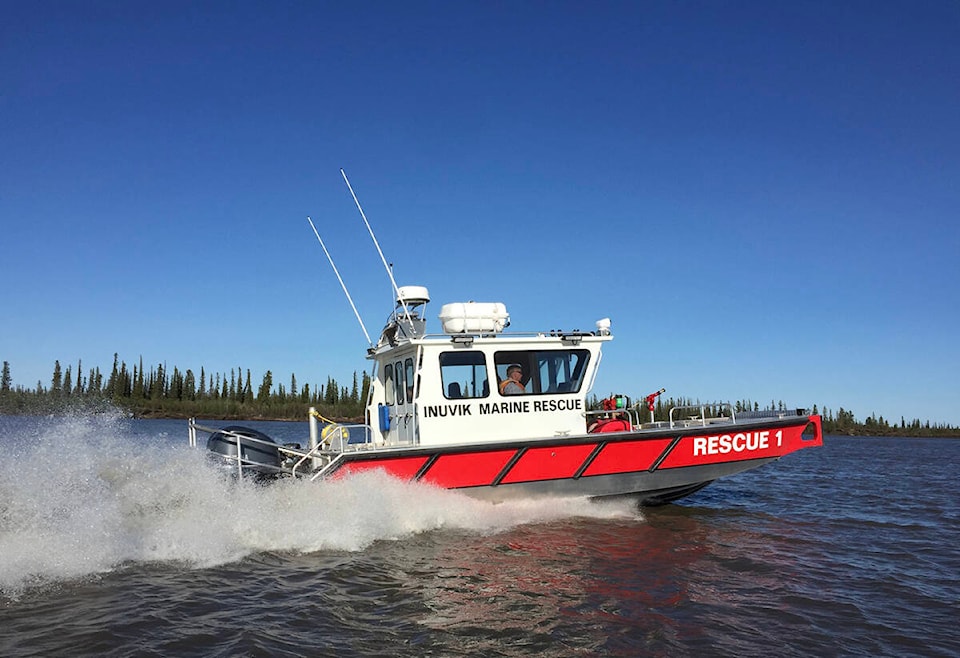As the Arctic coast celebrates the 20th anniversary of World Oceans Day July 8, a long-time marine safety researcher is cautioning boaters that the basic Transport Canada guidelines aren’t enough for the North.
Dr. Audrey Giles, of the University of Ottawa’s School of Kinetics, says while following the guidelines is essential for a safe trip on the water, northerners should take additional precautions.
“One of the major things to think about is, if you fall out of your boat, you’re falling into water that’s really cold,” she said. “So the ability to get back into your boat is actually a bigger challenge than it would be in warmer waters.
“You’re not going to be able to use your muscles in the same way. So it’s really important that we stress things like having a re-boarding device on your boat, for instance.”
Other key items northerners should pack in their safety kits include an axe, a rifle and ammunition, or a harpoon if going whaling. Dr. Giles has been volunteering in water safety around Inuvik since the 1990’s and has been researching best practices in water safety since she acquired her Ph. D in this area of study in 2005. She also cautions access to health services are limited in the area and emergency plans should account for the distance needed to travel to find a doctor or the right medical equipment.
According to Transport Canada’, boaters must have a fire extinguisher on board tailored to the type of fuel used. They are also required to carry extra fuel and paddles, a bailing bucket or means of getting water out of the boat, extra rope and a first aid kit. Giles also recommends bringing flares, and of course the most important thing:
“The biggest one is to wear your life jackets,” she said. “Or wear a survival suit. People often say ‘I will put it in on if there’s a problem,’ but that’s like saying that you’ll put on your seat belt in a crash. There isn’t time. You don’t know when there’s going to be a wave that swamps your boat, when there’s a collision that you weren’t expecting or when you’re going to lose your balance.
“Nobody starts the day thinking that they are going to die. But people do all the time.”
“Training ourselves out of a job”
Aside from researching best practices and educating people on the different regional challenges to water safety, Giles also provides training on the subject.
Normally she treks north to offer training each summer, but thanks to the pandemic she’s had to miss the last few years. However, she expects to be back on the training circuit throughout the Beaufort Delta in August.
She also notes the Inuvialuit Regional Corporation now has a staff member certified in training. In Tuktoyaktuk boaters can connect with Tyrone Raddi to learn the basics of boat safety.
Giles hopes to establish a fully northern operated training discipline across the Beaufort Delta to ensure the knowledge is accessible.
“We’re really trying to train local people to give courses so that we can work ourselves out of a job,” she said. “Reliance on people from the South is not helpful.We really need to do this in partnership with people in the North who have the knowledge and enable them to be the ones teaching the courses and giving them in the community when they’re needed.”
